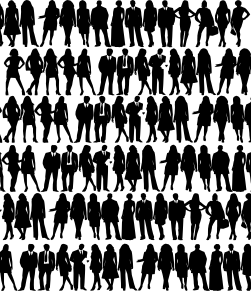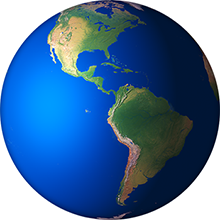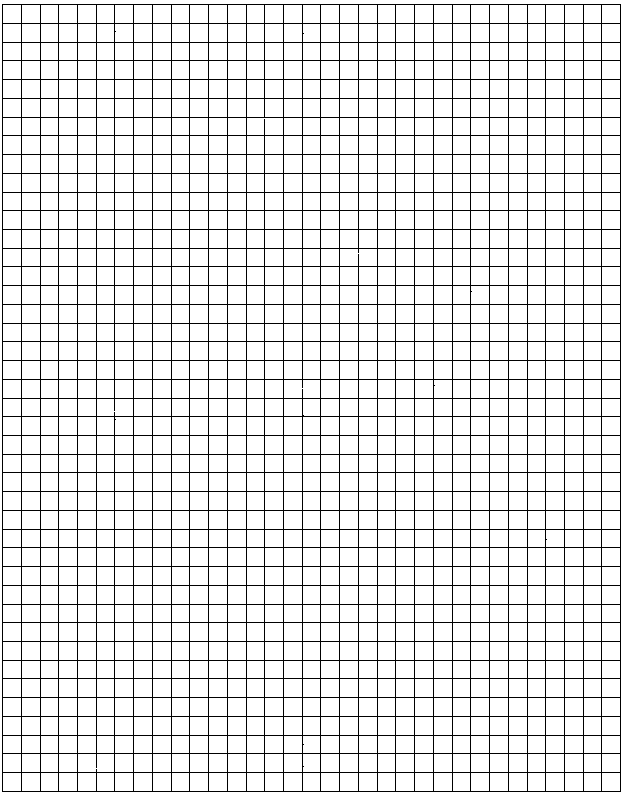Human Population Growth
Objectives: Create a graph of human population growth and use it to predict future growth and identify factors that affect population growth.
| Year | Number of People (in billions) |  |
| 1650 | .50 | |
| 1750 | .70 | |
| 1850 | 1.0 | |
| 1925 | 2.0 | |
| 1956 | 2.5 | |
| 1966 | 3.3 | |
| 1970 | 3.6 | |
| 1976 | 4.0 | |
| 1980 | 4.4 | |
| 1991 | 5.5 | |
| 2000 | 6.0 | |
| 2004 | 6.4 | |
| 2012 | 7.1 | |
| 2016 | 7.6 | |
| 2020 | 7.8 |
Instructions for creating your graph.
- Place time on the horizontal axis. Values should range from 1650 to 2050.
- Place number of people on the vertical access. Values should range from 0 to 15 billion.
- Make sure that your graph is a full page in size and you have the correct labels for the X and Y axis
- Create a a title for your graph.
Analysis
1. It took 1649 years for the world population to double, going from .25 billion people to .50 billion people.
How long did it take for the population to double once again? _____________________________
2. How long did it take for the population to double a second time? _______ A third time? _________
3. Use a different color to extend your graph to the year 2015.
In what year will the population reach 10 billion? ________
4. Based on your graph, how many years will it take for the population of 2000 to double? ______________
5. The graph illustrates exponential growth. Based on the properties of the graph, what does this term mean?

The Earth's Carrying Capacity
Prior to 1950, the death rate was high, which kept the numbers of humans from increasing rapidly. In the 19th Century, the agricultural revolution increased food production. In the 20th Century, advances in medicine, sanitation and nutrition decreased the death rates further. These factors combined to produce the rapid growth of the human population in the 20th century.
As with any population, humans are also limited by factors such as space, amount of food and disease. The carrying capacity is the number of individuals that a stable environment can support. There is no agreement on how many people the earth can support. Though we can observe in ecosystems that as populations of animals reach their carrying capacity, the population is at risk of starvation and disease. These factors will reduce the population to its carrying capacity.
Some countries have a much higher growth rate than others. Growth rate is the number of people born minus the number of people that die. In countries with high growth rates, the numbers of babies being born is much larger than the number of individuals dying. This is called a positive growth rate. In other countries, the number of babies being born is less than those who are leaving the population; this is a negative growth rate. To calculate the growth rate, subtract the number of deaths from the number of births, this will give you either a positive or negative number.
Zero population growth means that as many people are being born as there are dying - to achieve zero population growth, each couple would need to have no more than two children, which will eventually replace the parents in the population. Even if this number is achieved, the population will continue to grow because the parents will still live on for decades, as their children have children and their children have children..and so forth.
Analysis
6. What factors contributed to the rapid increase in populations in the 20th century?
7. Why does a population not level off during the same year it reaches zero population growth?
8. An island reports that in the year 2000 there were 240 babies born. That same year, 100 individuals died. What is the growth rate for this island? (Show your work and indicate if it is positive or negative.)
9. If the carrying capacity of the earth was 12 billion people, when would this number be reached (according to your graph)?
10. What will happen when the human population exceeds the earth's carrying capacity?
Title:_________________________________________________________________



